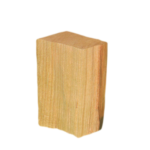Wed 10 Oct 2018
FOR CERAMIC SMOKERS AND KAMADO GRILLS- “MATCH YOUR COOKER” WOOD MASTER’S GUIDE
Posted by Culinary CrewRead other related stories: Ceramic & Kamado Grills , Charcoal Grilling , General Smoking Information , Match Your Equipment
No Comments
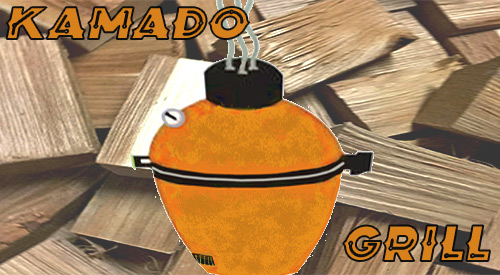
Our Forest Fresh Hardwood is a perfect fit for ceramic smokers and grills.
Forest Fresh Hardwood is a perfect fit for ceramic smokers and grills. Share on X

For those that have followed us for years, you know we are proud that almost from the start of our Company, we were committed to providing a guide for equipment to culinary wood product match. We refer to our guide affectionately as “Match Your Cooker”.
In this article, we are covering our recommendations for ceramic and komado style grilling equipment; these are grills that are made from ceramic, clay, terracotta or crushed lava rock that allow the grill to reach extremely high temperatures – usually at or above 750°F! They are also capable of using charcoal and wood either independently or in combination.
As there are always new equipment lines and models released, our plan is to provide regular updates on this listing. We also encourage you to send us a message when you don’t see a manufacturer or model listed to ensure it is added to the list (email drsmoke@smokinlicious.com).
For now, we introduce you to our wood master’s guide to SmokinLicious® culinary woods for ceramic and komado grills.
Single Filet Wood Chunks for Ceramic Smokers & Grills
The following equipment/models would be suitable for the SmokinLicious® Single Filet Wood Chunks as the charcoal area allows for larger wood pieces:
Big Green Egg models: 2XL, XLarge
Char-Griller Akorn model: ceramic kamado
Grill Dome® models: XL
Kamado Joe Big Joe™ 24”
Komodo Kamado® 32” Big Bad
Louisiana Grills K24
Primo Ceramic Grills models: Jack Daniel’s Edition Oval XL 400, Primo Oval XL 400
Double Filet Wood Chunks for Ceramic Smokers & Grills
The following equipment/models would be suitable for the SmokinLicious® Double Filet Wood Chunks to maximize oxygen flow:
Bayou Classic Ceramic Charcoal Grill
Big Green Egg models: Large, Medium, Small
Blaze™ 20-inch Cast Aluminum Kamado Grill*
Broil King® Keg™ models: Keg™ 5000, Keg™ 2000
Cal Flame® Kamado Smoker Grill
Caliber Pro Stainless Steel Kamado Grill*
Char-Griller Akorn: models: Kamado and Kamado Jr.
Char-Broil Kamander® Charcoal Grill
Coyote Asado Ceramic Grill
Gourmet Guru Grill Ceramic Kamado
Grill Dome® models: XL, Large, Small
Hanover® 19-in. Ceramic Kamado Grill
Kamado Joe models: Classic II™ 18”, Big Joe™ 24”, Stand-Alone™, Joe Jr.™
Komodo Kamado® models: 32” Big Bad, 23” Ultimate, 21” Supreme, 19” Hi-Cap Tall, 19” Hi-Cap Table Top, 16” Hi-Cap Table Top
Louisiana Grills models: K13, K18, K22, K24
Monolith Grills BBQ Guru Edition models: Classic, Le Chef
Pit Boss Grills models: K22 Ceramic Charcoal Grill, K24 Ceramic Charcoal Grill
Primo Ceramic Grills models: Primo Oval LG 300, Primo Oval JR 200, Primo Kamado All-In-One
Vision™ Grills models: XL
Grande Sapore® Wood Chips for Ceramic Smokers & Grills
The following equipment/models would be suitable for the SmokinLicious® Grande Sapore® Wood Chips for those who prefer a wood chip product rather than chunks:
Bayou Classic Ceramic Charcoal Grill
Big Green Egg models: MiniMax, Mini
Blaze™ 20-inch Cast Aluminum Kamado Grill*
Broil King® Keg™ models: Keg™ 5000, Keg™ 2000
Cal Flame® Kamado Smoker Grill
Caliber Pro Stainless Steel Kamado Grill*
Char-Griller Akorn: models: Kamado and Kamado Jr.
Char-Broil Kamander® Charcoal Grill
Coyote Asado Ceramic Grill
Gourmet Guru Grill Ceramic Kamado
Grill Dome® models: XL, Large, Small
Hanover® 19-in. Ceramic Kamado Grill
Kamado Joe models: Classic II™ 18”, Big Joe™ 24”, Stand-Alone™, Joe Jr.™
Komodo Kamado® models: 32” Big Bad, 23” Ultimate, 21” Supreme, 19” Hi-Cap Tall, 19” Hi-Cap Table Top, 16” Hi-Cap Table Top
Louisiana Grills models: K13, K18, K22, K24
Monolith Grills BBQ Guru Edition models: Classic, Le Chef
Pit Boss Grills models: K22 Ceramic Charcoal Grill, K24 Ceramic Charcoal Grill
Primo Ceramic Grills models: Primo Oval LG 300, Primo Oval JR 200, Primo Kamado All-In-One
Saffire Grill and Smoker**
Vision™ Grills models: XL
Minuto® Wood Chips for Ceramic Smokers & Grills
The following equipment/models would be suitable for the SmokinLicious® Minuto® Wood Chips:
Saffire Grill and Smoker
We hope you view this guide as a helpful resource for selecting the perfect culinary wood for your equipment. As always, our Wood Guide Team is ready to answer your additional questions and further assist you with the perfect grilling and smoking experience!
* Although considered a komado grill, this brand is not made with any ceramic, clay, terracotta, or crushed stone.
** This brand is only designed for use with wood chips and includes a patented smokin’ chip feeder.
SmokinLicious® products used in this blog:
Wood Chunks- Double & Single Filet
Wood Chips- Grande Sapore® & Minuto®

Ceramic smokers & grills are very popular. For more reading on how these units can best work with wood as a food flavoring element, check out these articles:
-WOOD BURNING PIZZA OVENS: THE WOOD MASTER’S GUIDE
-TOP TOOLS TO OWN FOR CHARCOAL GRILLING
-THE WATER PAN EXPLAINED FOR GRILLING & SMOKING

Dr. Smoke produces great products for all ceramic smokers and grills.
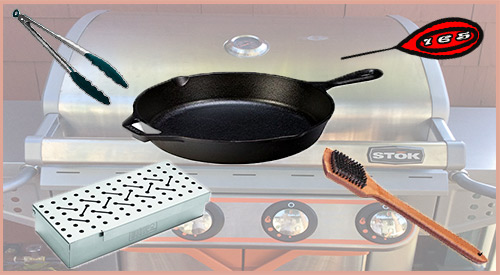







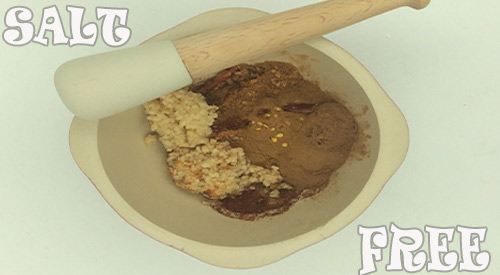
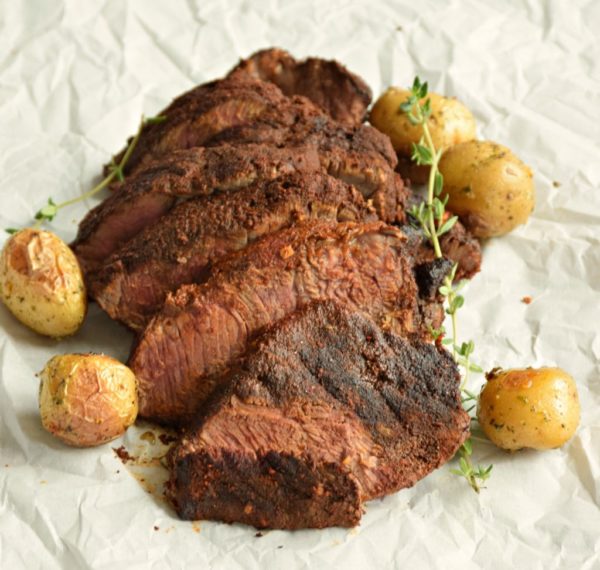
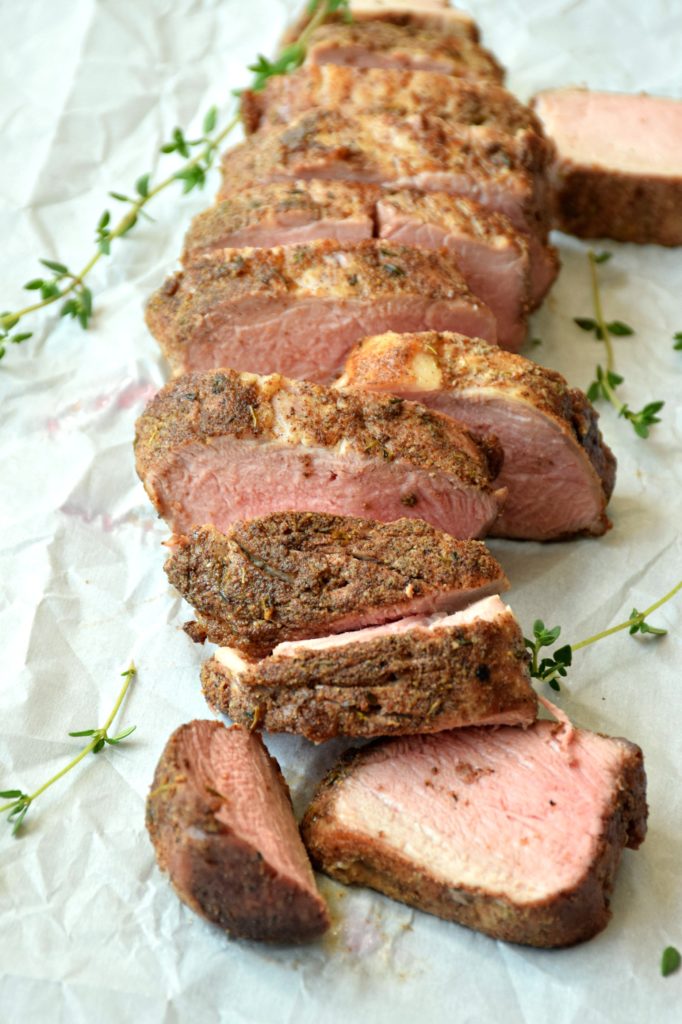
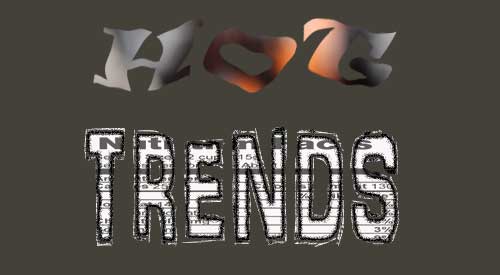
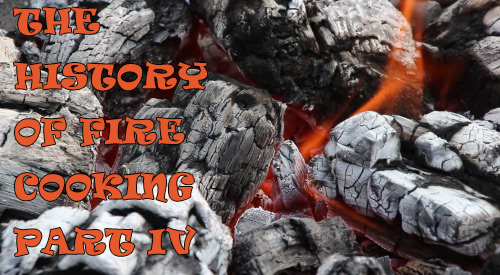


 These are some of the commonly forgotten appliances when cleaning the kitchen. It can be very embarrassing for a guest to offer to assist you in the kitchen only to find these appliances gross and dirty. Therefore, you should take time to clean both the inside and the outside of these appliances thoroughly as well.
These are some of the commonly forgotten appliances when cleaning the kitchen. It can be very embarrassing for a guest to offer to assist you in the kitchen only to find these appliances gross and dirty. Therefore, you should take time to clean both the inside and the outside of these appliances thoroughly as well.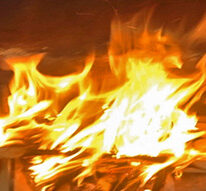
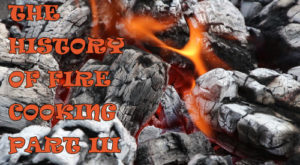
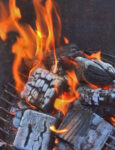

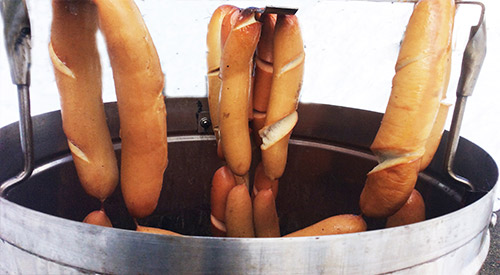

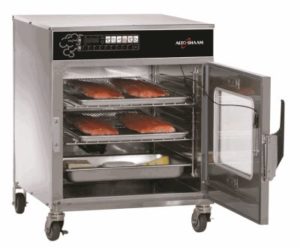
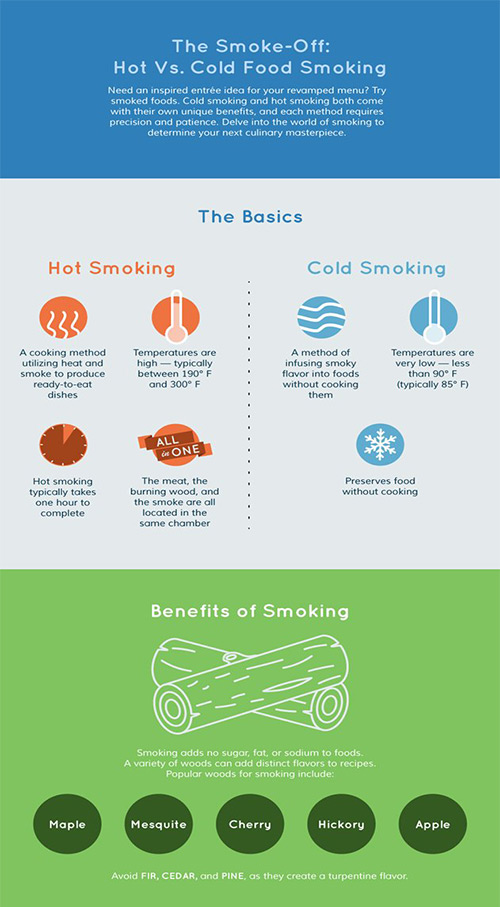
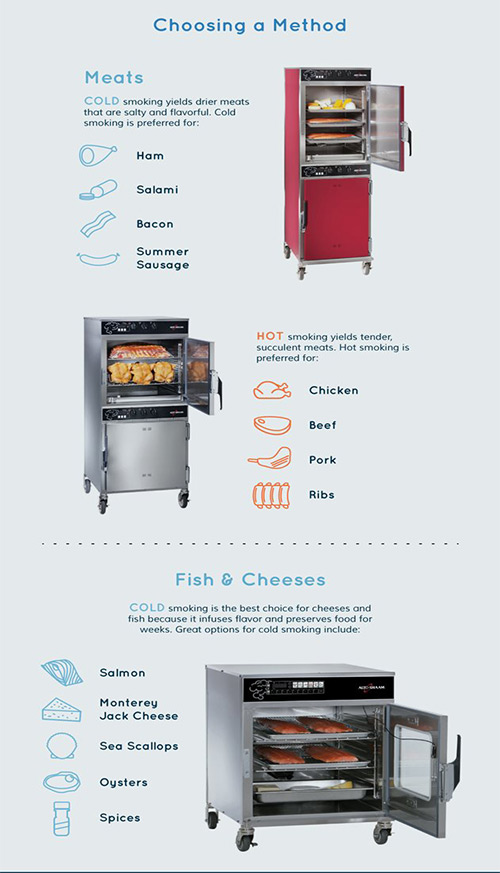
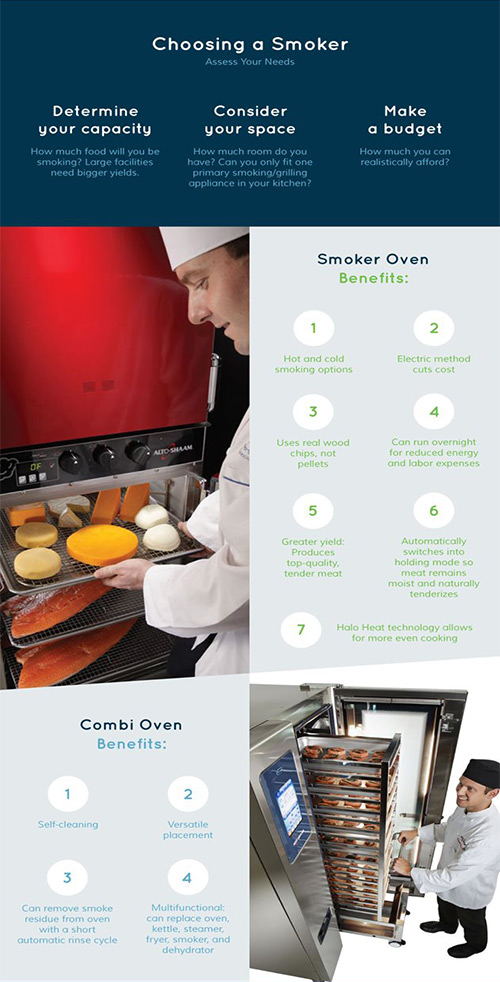
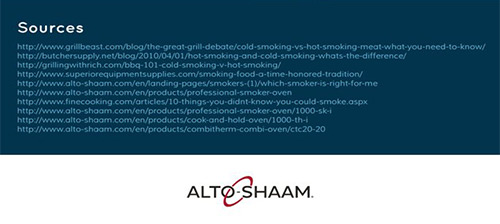
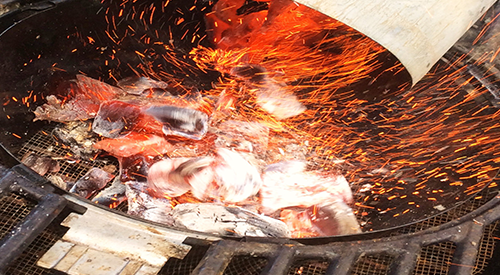
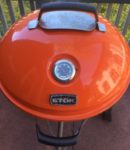 The Kettle Grill
The Kettle Grill